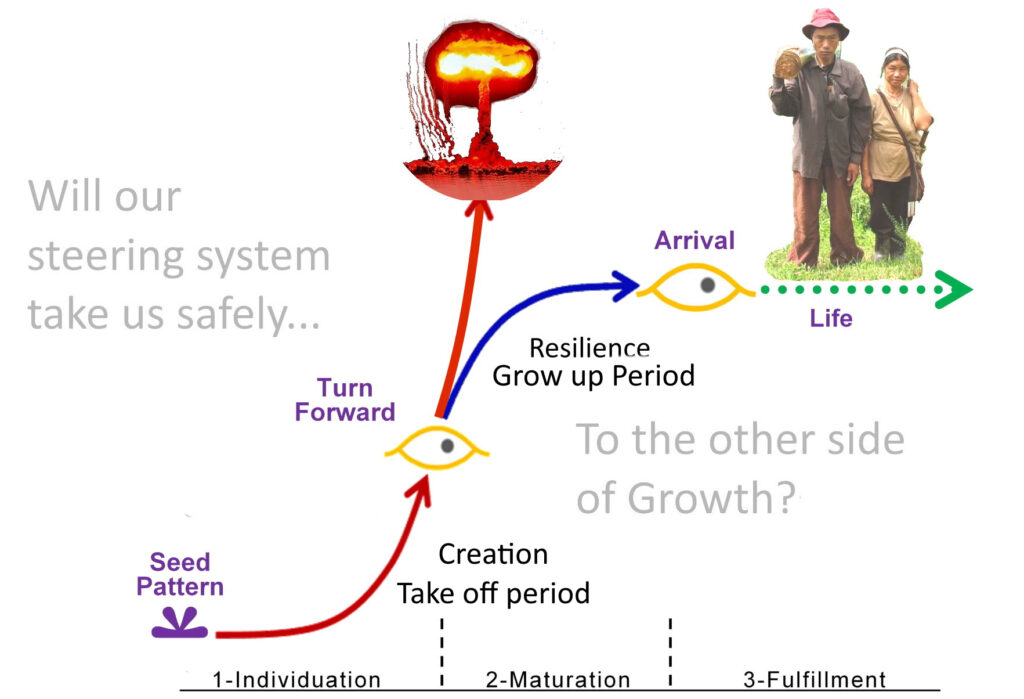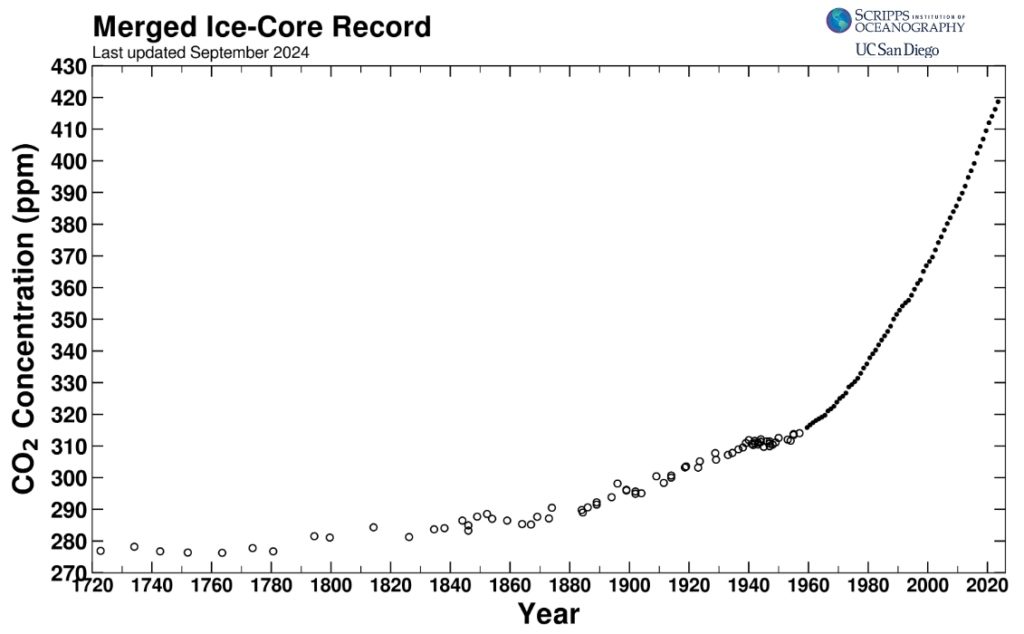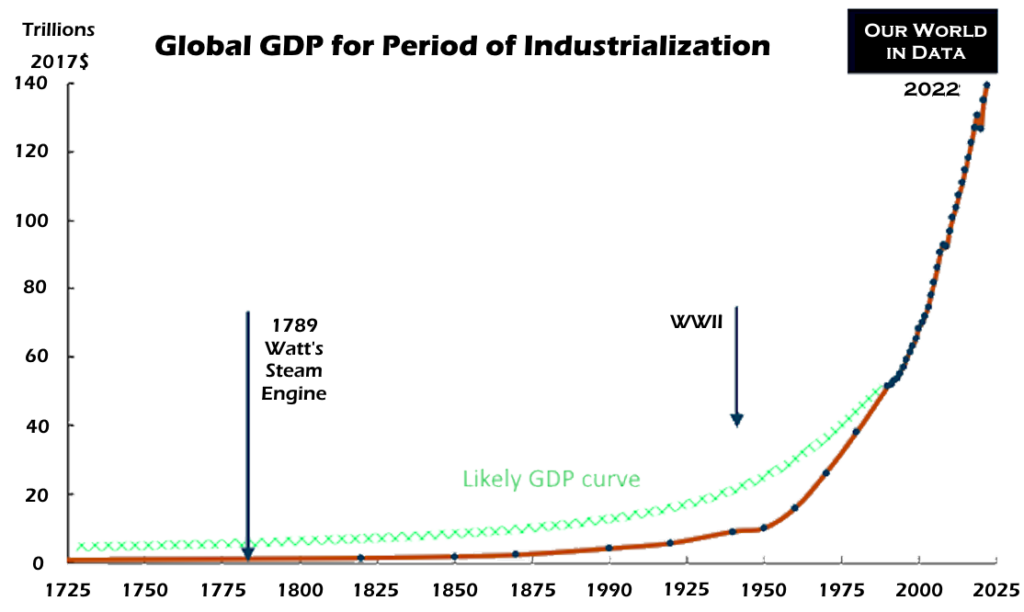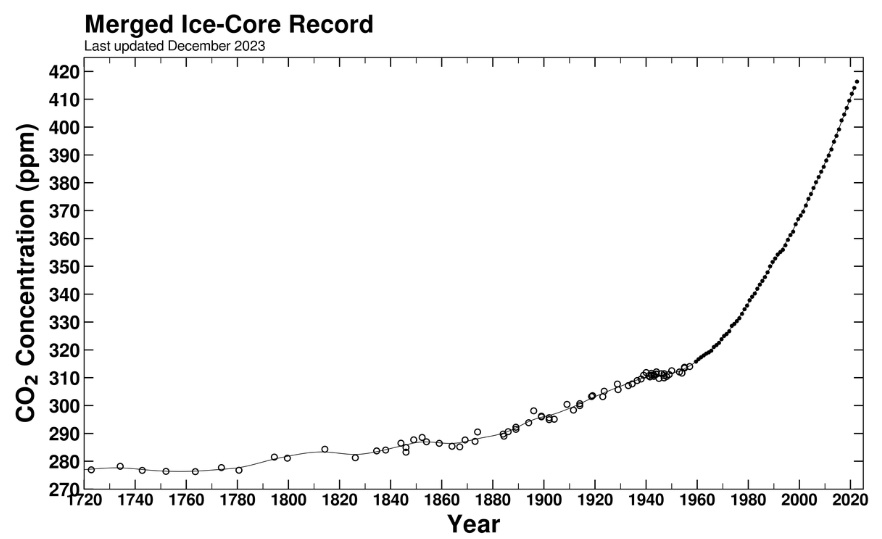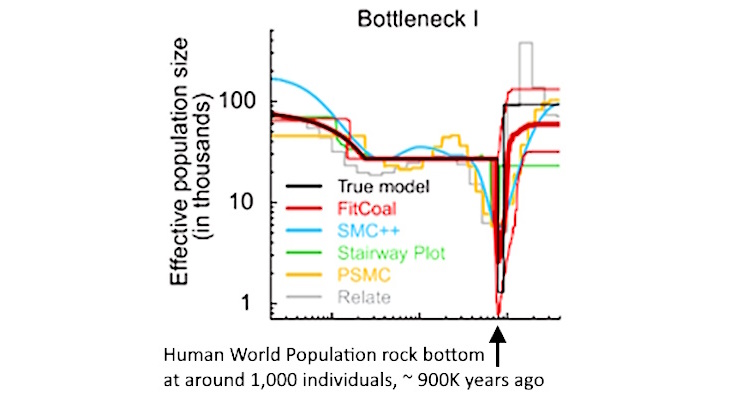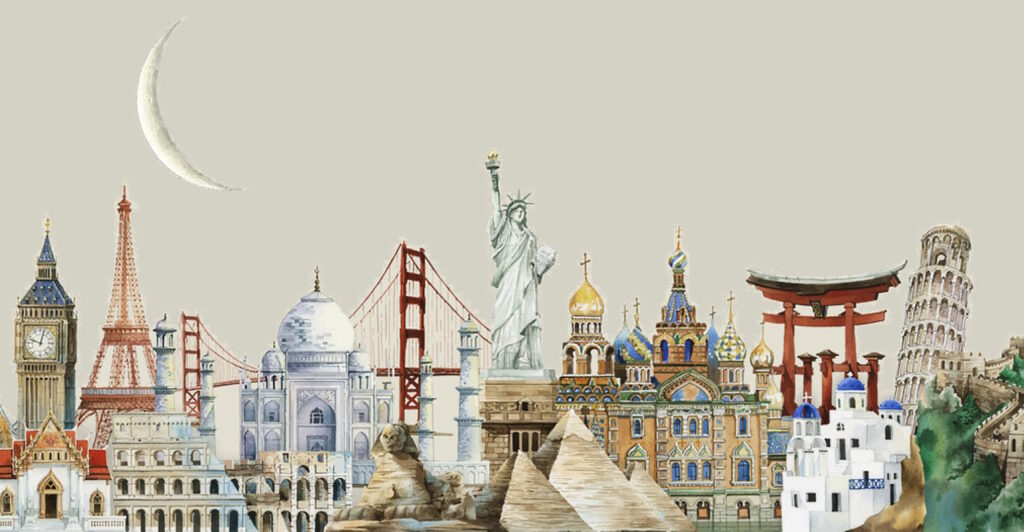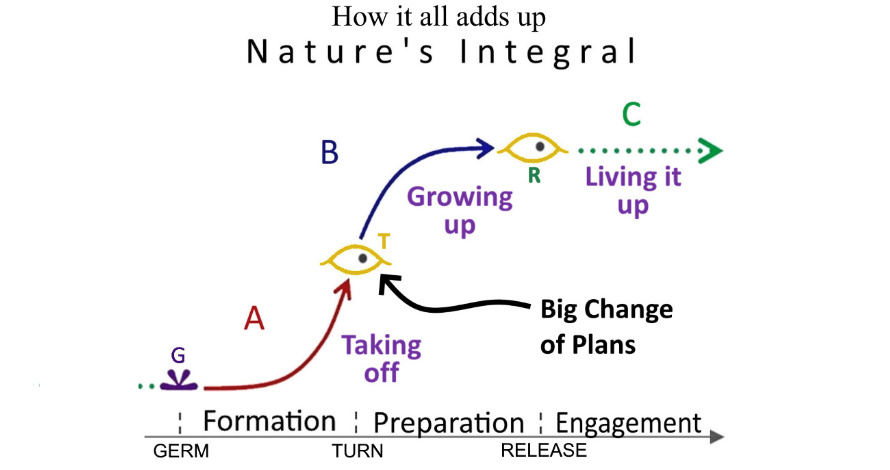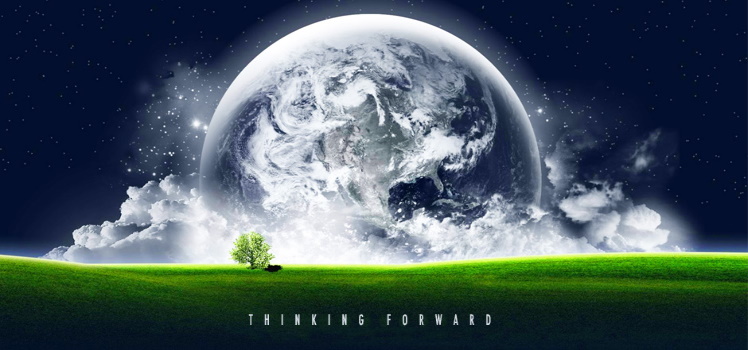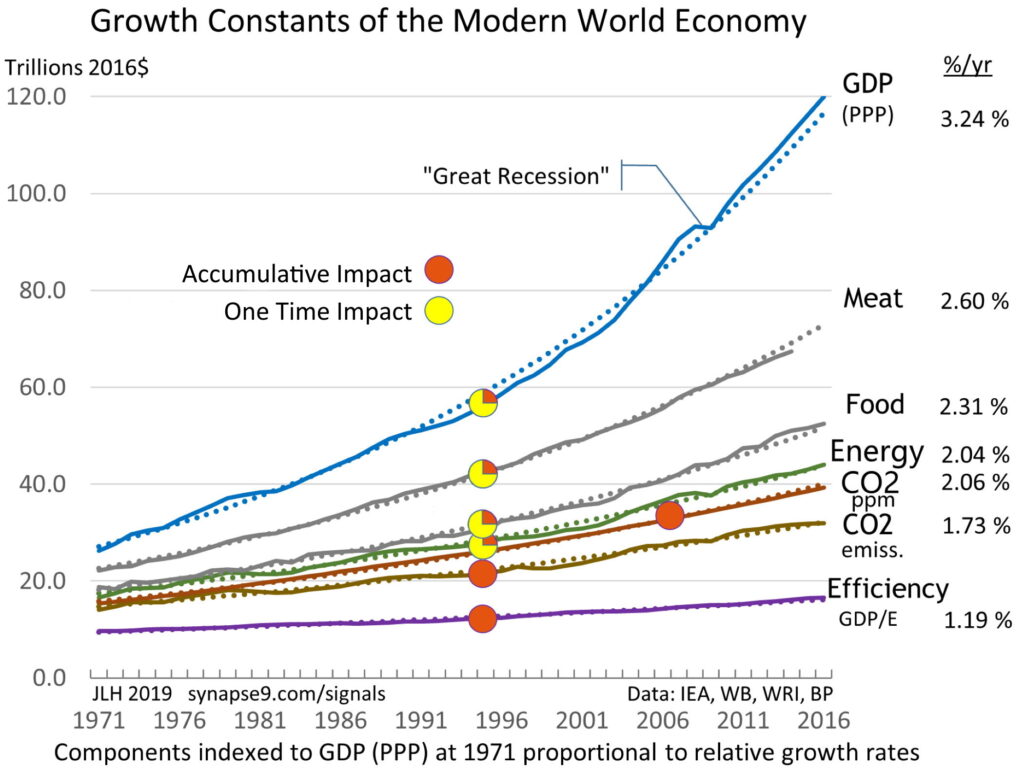There are so many signs of our being disoriented… it’s something everyone should be asking now. Everyone’s experience of accelerating change is indeed unprecedented, except during periods of dramatic historical change. But today’s is notably marked by an absence of vision of where we’re going.
I grew up in an exceptionally peaceful little village and somehow became an accomplished natural systems scientist, coming from a family of scientists and educators, and events later motivating a search for what sense I could make of what seemed to make none at all; noticing what you might call “gaps in the story” that begged for answers. That led to becoming fascinated by various things science seemed to pay no attention to at all, one of which was the intriguing question of “What makes life so lively?” Physics suggests that everything is running down, somehow without begging the question of how things must also have started up, many of which build up and remain stable for long periods.
My first hint to all that turned up as a first-semester freshman while watching a physics lab demonstration commonly used as an introduction to the field. A strobe light was turned on, illuminating a ping-pong ball tossed from one end of the demonstration table to the other, recorded as a dotted curve by a time-exposure camera. The ball is pulled by gravity, and the equation for the curve is a simple parabola, which one can deduce from the distances between the dots, representing the flight of the ball, a simple bit of real magic made by turning something very common we all see, quite unaware of what we’re seeing, suddenly illuminated in our minds by an unusual perspective.
In such cases, a class might respond with silence, and I thought to fill the silence with a silly question, asking, “What about the tossing and the catching?” The tossing and catching were missing from the demonstration, and not in the formula, produced by bursts of energy and animated coordination of hand and eye, first to release, then catch the ball so it doesn’t bounce away. That we never talked about those parts of the experiment stuck in my mind, though.
I got a little laughter from the question, but then it took several months before I realized I’d stepped right into a very deep void in physics. Physics does not know what “happening” means, or a vast array of other things our everyday words refer to. Physics has no way to explain any kind of beginning or ending; in fact – just let its equations trail off to nothing, without reason, which rather shocked me as an odd thing, given the laws of physics are always portrayed as the laws of nature, and apparently just were not at all.
Isn’t that nice?
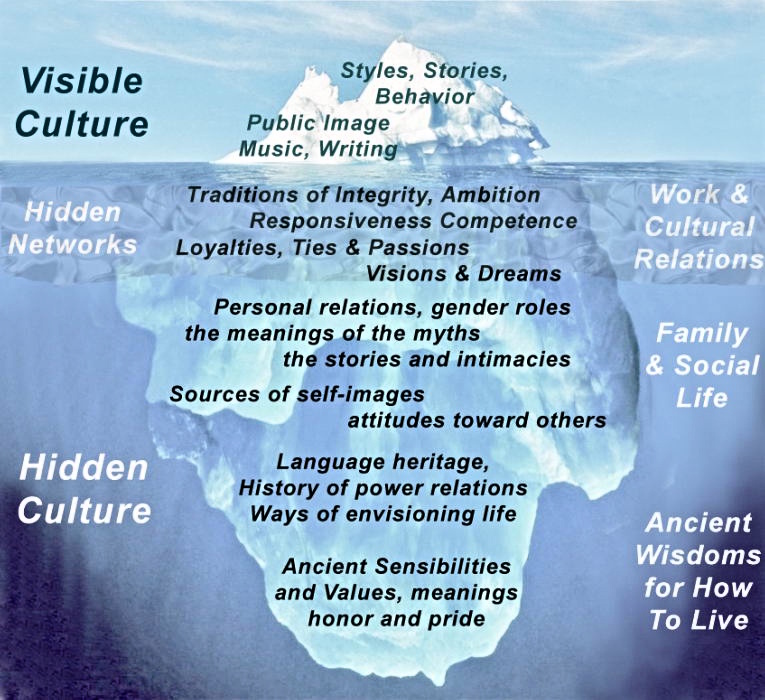
It seems that every kind of observable behavior also has an inexplicable beginning and ending, lacking any kind of formula, though our own intuitions readily fill in those gaps in science that appear everywhere. The gaps in formulas can often be estimated, though, guessed at to give a little time for responses to develop, predicting when and where things will begin or end.
Who cares? – seems to be the practical response, of course. All that often matters is how things end, not begin, and approximation is all that’s needed if large parts of things can be accounted for. There’s a bigger reason to be concerned that science has largely lost interest in how things begin and end. It has to do with why all of life is inherently lively and incapable of starting or ending anything without being creative.
It’s that beginning where things take hold, creating organizations of working processes… usually requiring a growth process, which science failed to notice was more fundamental in nature than the equations that give people power over what we wish to change. That things-in-formation are generally also unobservable is another part of the puzzle. We don’t “see” their forms until they are developed, much as one does not see the adult when introduced to the child.
Therefore, formation processes are necessary everywhere, and are mostly unrecordable and unexplainable, only known by the implications from the evidence of the changes they enabled. They “seem” to come from nothing, but only virtually nothing, as it is also quite clear that emerging designs emerge from the contexts they are found in by a local self-organizing process, things set in motion as emerging forms that develop in relation to their surroundings and their capture of energy from their environments to do it.
Isn’t that nice?
It took a few decades to validate the physics of it, but then, I guess, naturally, it was generally dismissed as uninteresting, too, to find quite essential working parts of nature that physics completely ignored or thought were uninteresting. That did not even change when it became clear that what’s hidden in the gaps of science are the processes that connect all the more visible things. The equations that serve as the “standard forms” of nature physics have done such brilliant work exposing still ignored not the singular and uniquely emergent ones, causing physics and many other fields to lack curiosity about what is really happening, for which we may all be as profoundly sorry as one can be in short order. The formation of nature’s formulas has no formula, as THAT still appears to be what’s “happening,” especially when we see things going terribly wrong.
I grew up in a multi-generational physics family. I was encouraged often enough to “look around” to see the world as being in motion, not just composed of individual questions and answers. It was thus that the general view, combined with my initial observation of a glaring gap in its application in physics, eventually led me to discover that “every formula needs to develop in the context in which it takes place.” In context, of course, that “big idea” is not much more than how every response to life develops in relation to its particular time in history, place, and context of environmental relationships. Of course, the question of how many levels of working self-organizing relationships are needed for anything to happen is rather daunting. It seems what matters is remaining curious and finding one’s comfort level with what you find interesting.
What came to be the most shocking to me, though, was not how physics left little gaps in the tails of life, or that it failed to notice, or that beginnings and endings of events contain the formative meanings and processes of the self-animating systems of life. It’s their interaction with their context that may or may not result in meaningful connections, energize creative and lasting relationships, and hold together their secure worlds of connections with others. However, those are the nourishing mana of all of life’s rewarding experiences.
To me, the most shocking thing is that apparently, not one of our amazingly successful and popular artistic, scientific, political, business, financial, philosophical, or governance establishments and movements finds it necessary to investigate the huge gaps in humanity’s ideas of how to live on earth. Today, it’s incontrovertible that humanity is unified in pursuing long-term compounding of business profits for our endless doubling of our spoiling of the earth’s habitability. Why wouldn’t we notice that being unprofitable?
All our institutions and cultures tolerate the grand collective suicide-mission of business and finance, designed to skim societal profits and concentrate them at the top, never using them to care for what society builds, as every kind of sustainable living system must do. It entraps everyone in taking power over nature until we destabilize it, a decidedly unprofitable general plan. I think the problem is very likely to be where we’re not looking, with the resulting deformation of our formative contexts blindly pushed to their limits, where things that need to get it together also become where things go all wrong.
The old rule is “look around.” There are many better ways of large organizations to live on earth.
We have a great many individual, family, and professional cultures dedicated to the truth, but they’re all too easily pushed aside. All in all, the most common oversight does in fact seem rather simple too. For living systems, it is essential for survival to end their compound growth in a creative process of growing up to know and care for the world they’re in. Apparently, that has been left off the standard curriculum.
